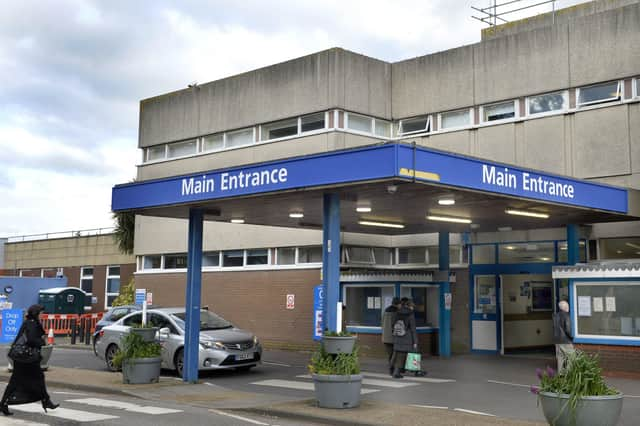East Sussex NHS Trust breaks even


The trust aimed to reduce its operating deficit from £44.8m to £34m in order to earn the £24m payment due under the Sustainability and Transformation Fund (STF) regime. The Trust exceeded its target at an operational level and earned a second STF payment which resulted in ending the financial year with a small net surplus of £50k.
The trust said it reduced costs by ‘improving workforce efficiencies and reducing temporary workforce costs, adopting new technologies and digital infrastructure, reducing lengths of stay in hospital, increasing efficiencies in medicine management, and improving throughput in theatres’. These changes reduced the amount of money spent, while providing better care and outcomes for patients, the trust said.
Advertisement
Hide AdAdvertisement
Hide AdThe improvements made to finances and the quality of care were recognised by the trust’s regulators during 2019/20; coming out of special measures for financial reasons in the same year as achieving an overall ‘good’ CQC rating with ‘outstanding’ ratings for its levels of care and effective services.
Steve Phoenix, ESHT chairman said: “This is a fantastic achievement. These are the best set of results for the Trust in a decade. Not only are the financial results outstanding, quality and safety measures, waiting times and much more continue to get better. Our staff did this and it is their success.”
Dr Adrian Bull, ESHT chief executive, said: “We ended the financial year having exceeded the financial target that we set ourselves, reducing costs by £20.7m in year, and reducing our monthly operating deficit by 67 per cent since 2016. Every member of staff has worked hard to help us achieve this, whilst at the same time making continued improvements to safety and quality of care, waiting times and experience of patients and members of staff.”